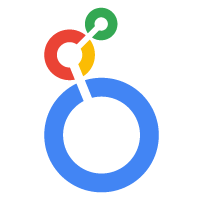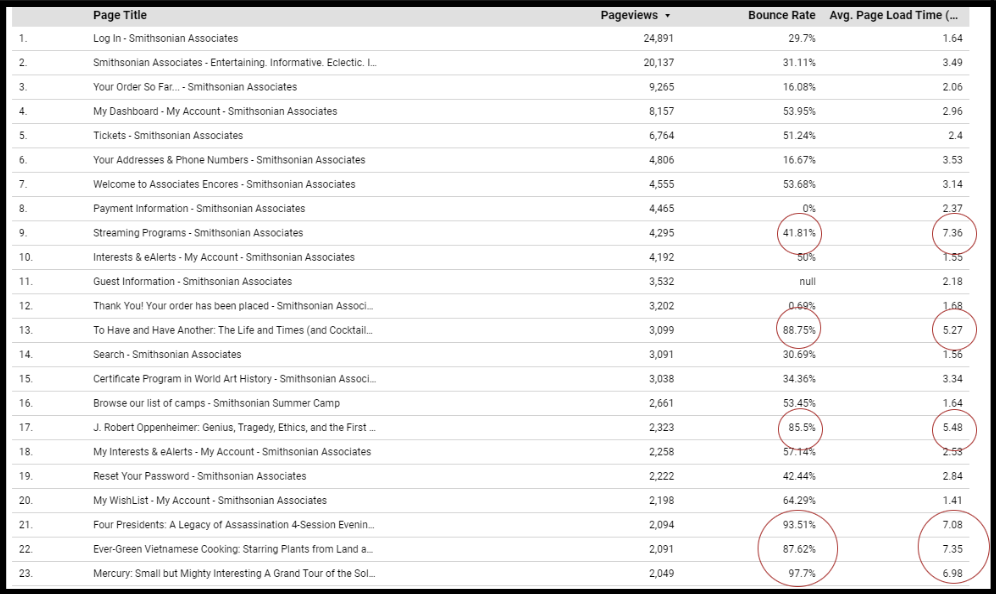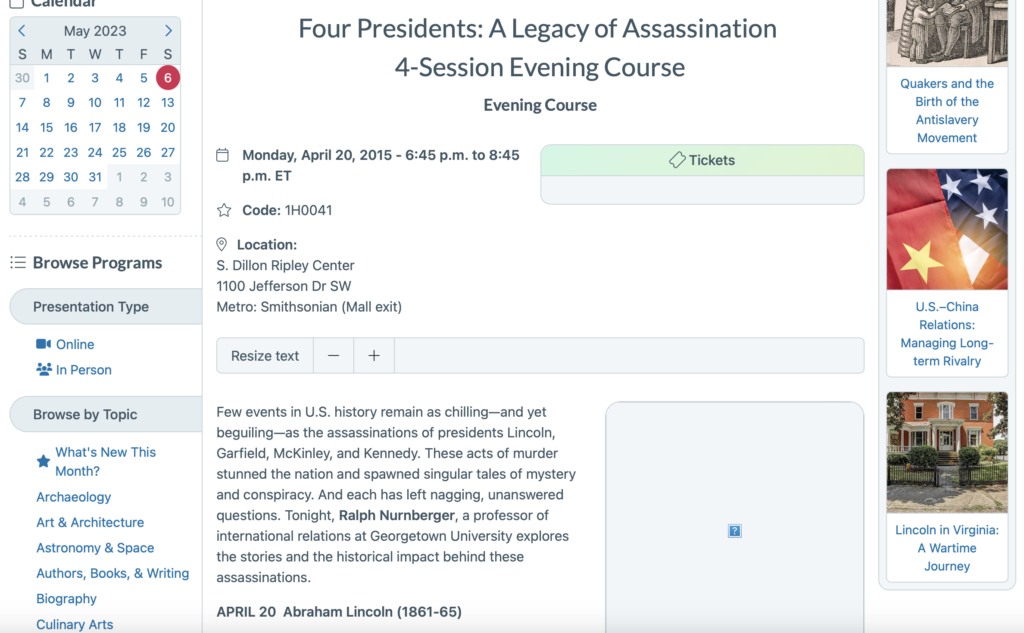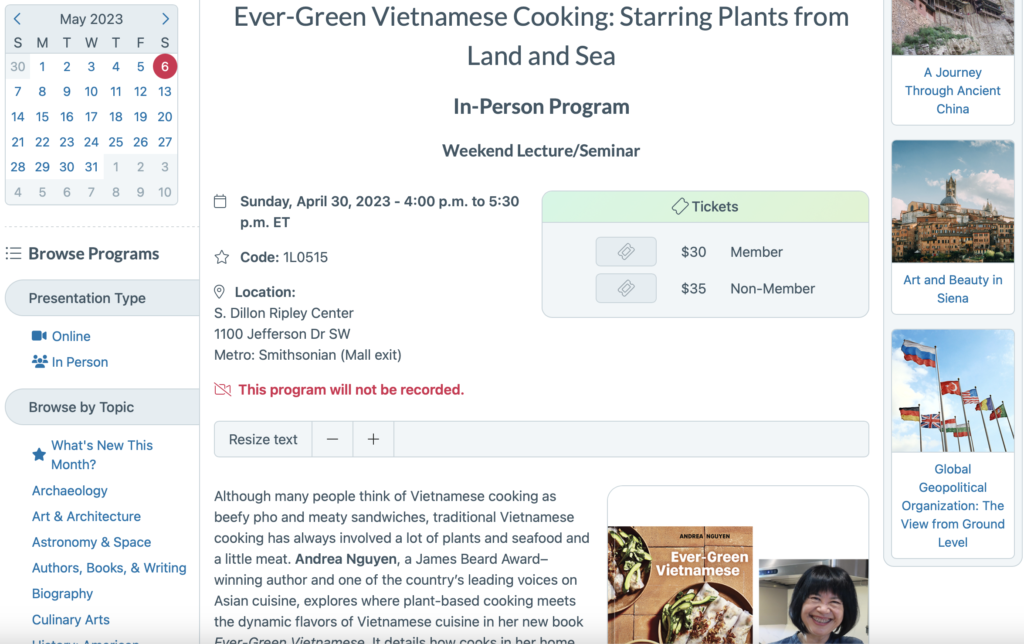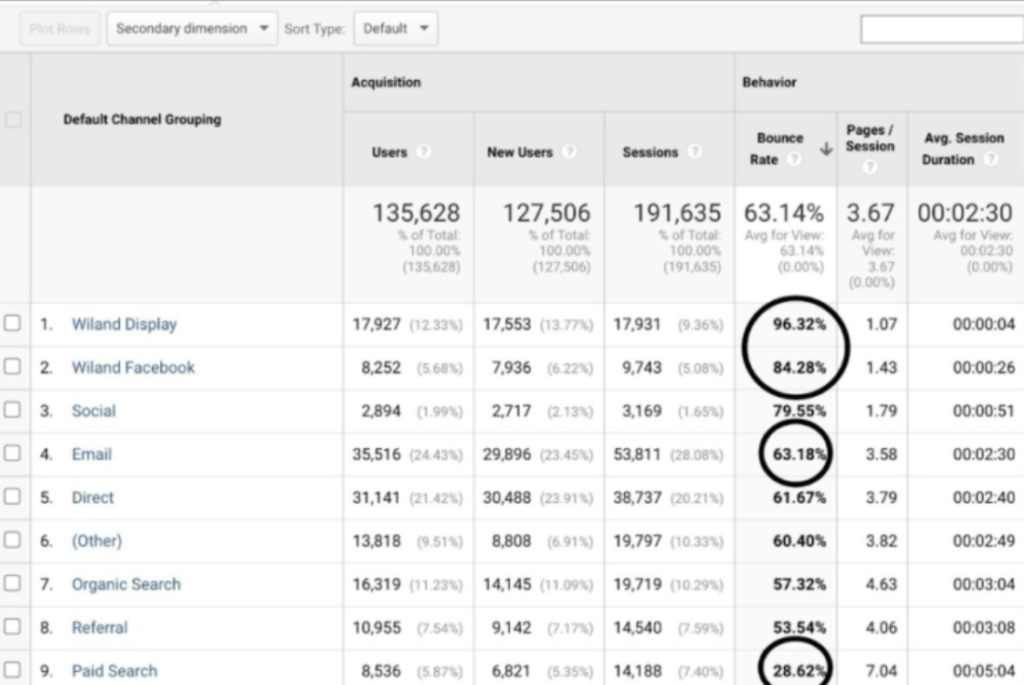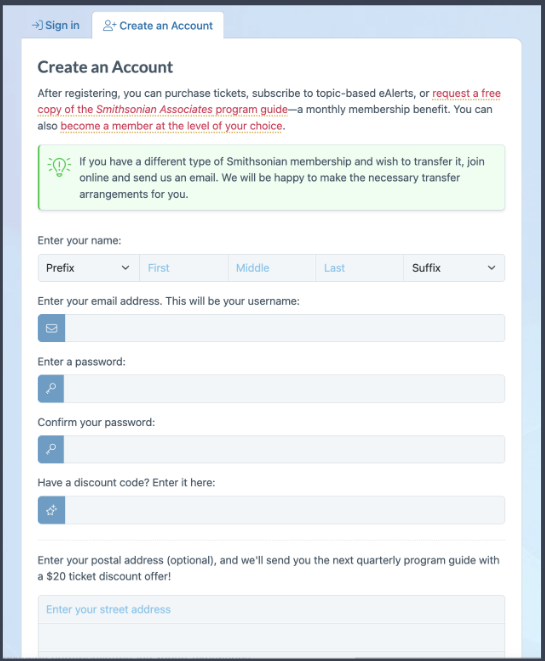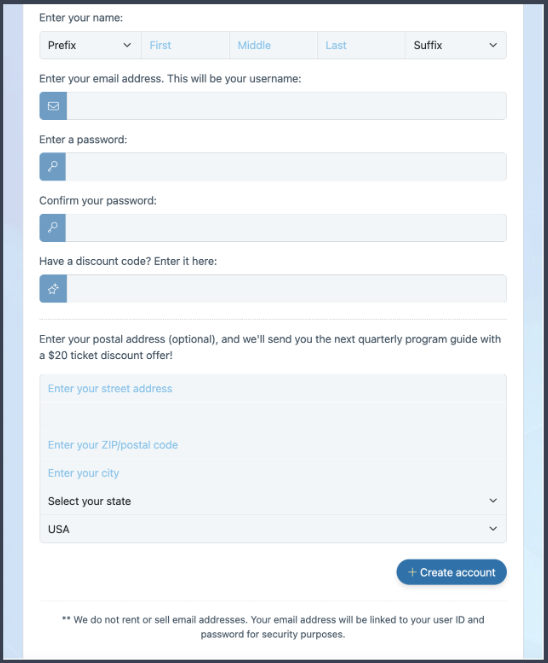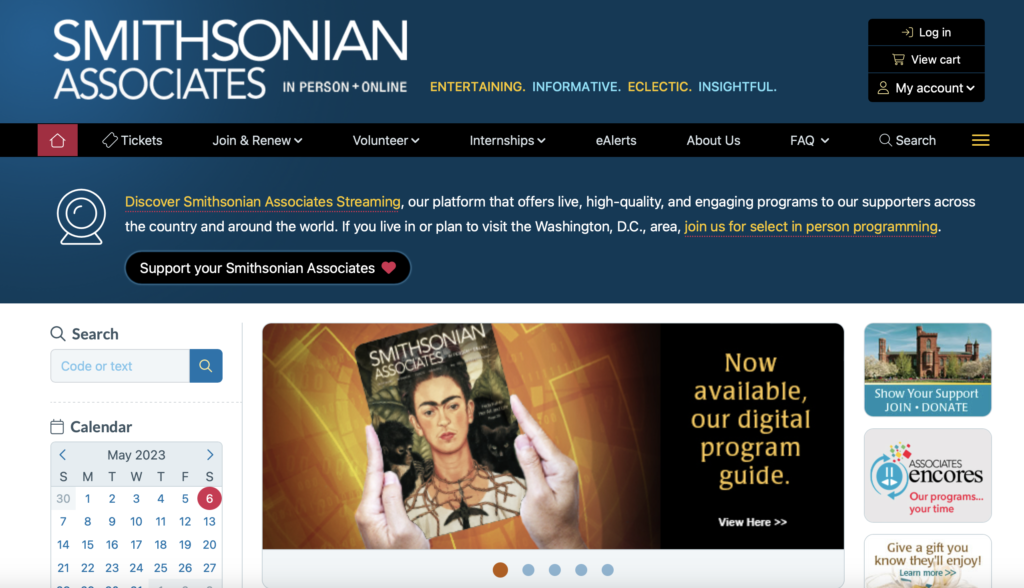
Overview
The Smithsonian Associates is a cultural organization that acts as the educational branch of the Smithsonian Institution. Established in 1965, this organization presents a variety of educational activities, such as talks, workshops, creative arts courses, and live performances. Through its vast array of annual events, the Smithsonian Associates strives to foster a passion for arts, cultural heritage, and world history among individuals of all age groups, enriching their learning experiences. The objective of our research is to offer user insights for the development of future course products on the website, guided by their popularity. Additionally, we aim to supply data-backed suggestions for enhancing website performance and facilitating the shift to Google Analytics 4.
Our Team

In this research project, my analytical efforts concentrated on examining user journey patterns and visitor behaviors associated with these paths, particularly focusing on landing and exit pages, as well as data from mobile, tablet, and desktop devices. The aim was to enhance site engagement by optimizing user journeys and website experiences, accelerating page load speeds, and tailoring content to be more pertinent to individual users, ultimately providing significant value in the form of revenue for the organization.
Project Overview
Goals
Our research priorities included:
- Optimizing user journeys on our landing page
- Identifying popular educational product segments
- Exploring audience expansion opportunities
- Transitioning from Universal Analytics to Google Analytics 4
Our Process
| Client Meeting on March 27, 2023 ⇨ | Data Analysis ⇨ | Creation of Findings and Recommendations ⇨ | Client Presentation on May 8, 2023 ✪ |
- Client Meeting: allowed our team to engage in a dialogue with the client to understand their goals for the Smithsonian Associates website and their impending transition to Google Analytics 4.
- Data Analysis: During this stage, the team formulated research-driven questions and started evaluating the given data. This stage also involved the preliminary creation of a Google Data Studio dashboard to assist in the Smithsonian Associates’ transition to GA4.
- Findings and Recommendations: During this stage, the team held several meetings to deliberate on findings and suggestions, worked on the final report, and finalized the Google Data Studio dashboard.
- Client Presentation: This opportunity involved a 10-minute presentation to the client, showcasing our findings and recommendations, followed by an extended discussion. Additionally, we handed over control of the Google Data Studio dashboard to facilitate Smithsonian Associates’ transition to GA4.
Methodology
Data Source
The data was pulled from Google Analytics UA for the period between January 1 and March 31, 2023. This period was chosen to provide an adequate data set allowed us to understand current user trends.
Data Tools
I used Google’s Universal Analytics and Looker Studio to analyze and compare data, while other teammates used tools such as Tableau and Microsoft Excel. Looker Studio allowed me to better understand, compare, and visualize various aspects of user journey information.
Metrics Included:
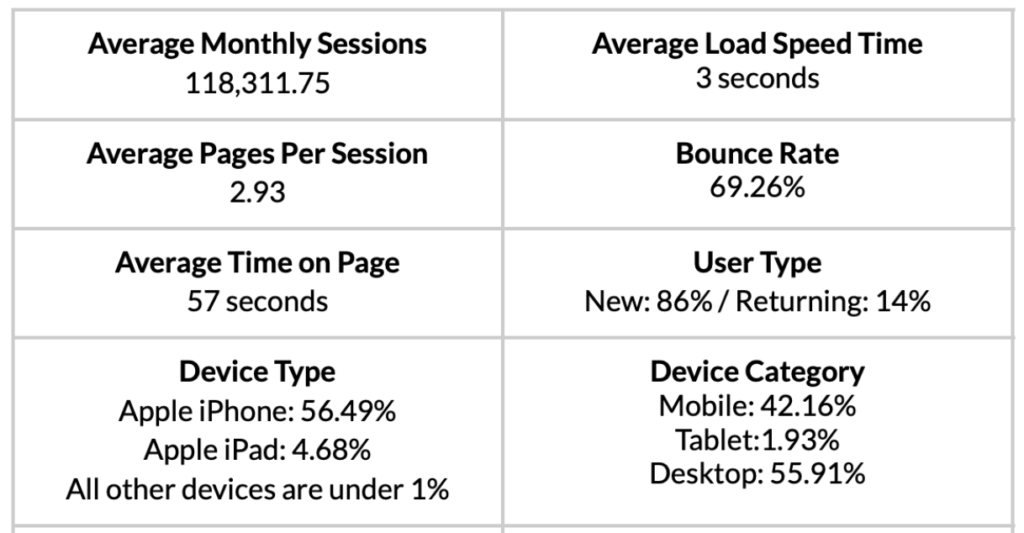
Findings and Recommendations
Key Findings
- Slow load speeds correlate with high bounce rates for pages that receive significant traffic.
- Top landing pages are also top exit pages, indicating that users enter and leave the site through the same pages.
- Mobile users have a higher bounce rate compared to tablet and desktop users, and tablet and desktop users have higher purchase rates.
- Top revenue earning products are membership or event-focused categories.
- Top revenue earning courses are under the Art & Architecture category
- Paid search generates highest E-commerce conversion rate
- Email efforts generate most users and highest revenue
- High bounce rates for Wiland Display and Wiland Facebook
- Checkout barriers lead to cart abandonment
- Return users generate more revenue
Recommendations
Recommendation 1
Address slow load speeds and high bounce rates on specific pages by resolving technical issues, enhancing content quality and relevance, optimizing page load times, enabling browser caching, and considering upgrading website platform hosting services if needed.
Recommendation 2
Conduct a full SEO audit and user research to understand what content is engaging to users and test what content clearly communicates the unique selling points of the products. Improve landing page content, conduct user testing, include clear CTAs, and optimize the site for all search engines.
Recommendations 3 & 4
Address higher bounce rates on mobile devices and increase purchase rates on both mobile and tablet/desktop by ensuring a responsive design, rewriting and restructuring content for mobile devices, simplifying the purchase process on mobile devices, and enhancing user experience across all devices.
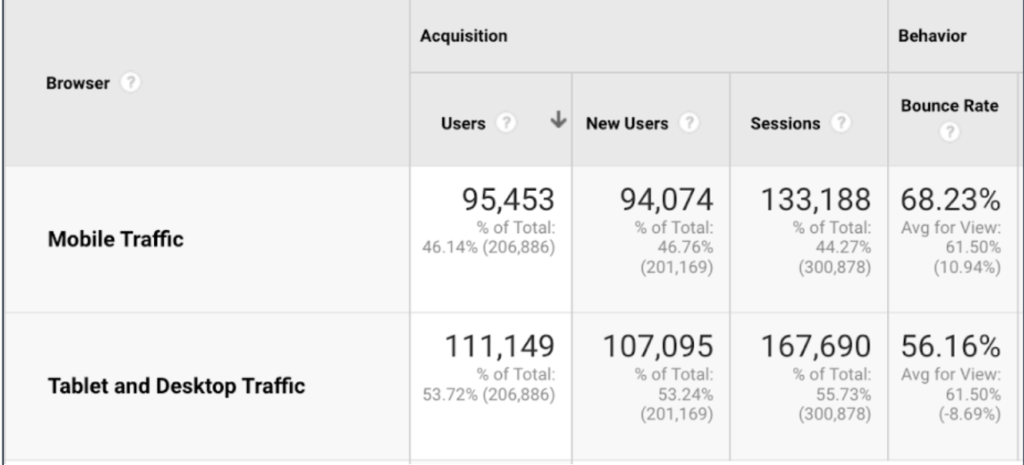
Recommendation 5
Strategically segment target audiences based on user behavior and demographics, and tailor promotional efforts accordingly. For example, promote Photography Classes to users with relevant interests. Personalize course recommendations, feature courses across the website, and utilize social media for increased traction.
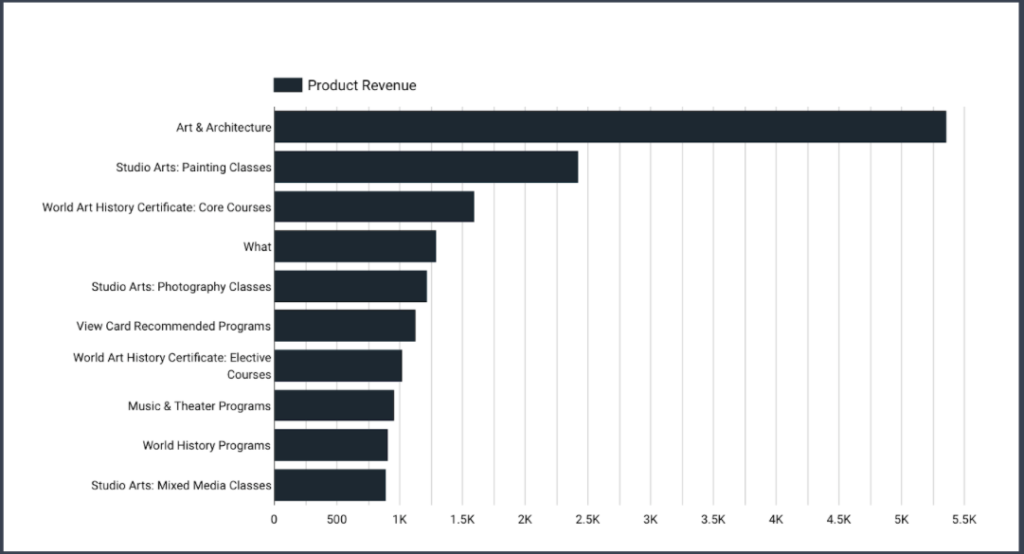
Recommendation 6
Allocate more resources to paid search acquisition, as it has proven effective for e-commerce conversions and has a low bounce rate. While paid search may have a low rate of generating new users, the users acquired are valuable customers with a direct interest in the Smithsonian’s offerings.

Recommendation 7
Increase email marketing campaigns and examine direct traffic sources to determine optimization opportunities and proper tracking. Further research is warranted to identify any broken tracking codes due to the high rate of direct traffic.
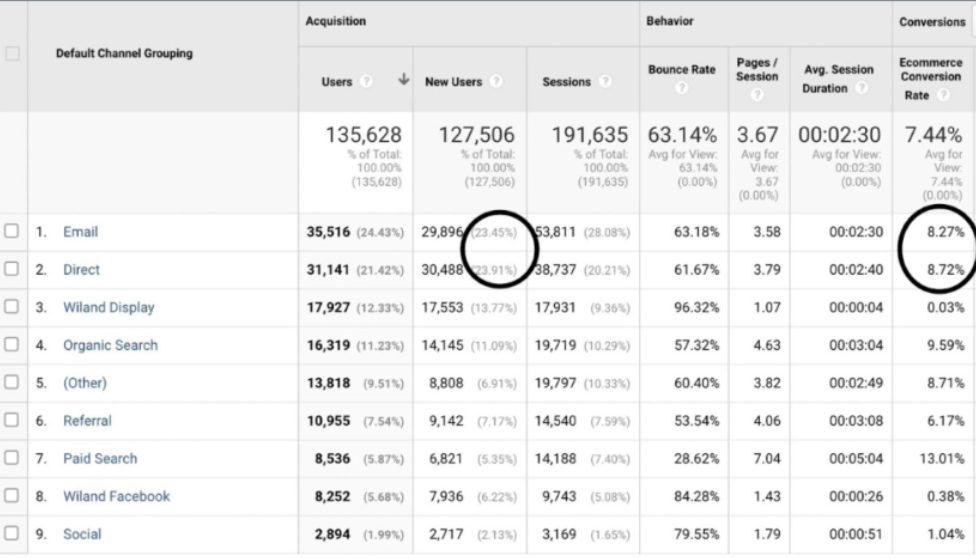
Recommendation 8
Consider moving away from marketing associated with Wiland Display and Wiland Facebook. To maintain returns from email traffic and reduce bounce rates, it is recommended to routinely update email lists and focus on increasing traffic from paid search.
Recommendation 9
Simplify the Checkout Process to address cart abandonment rates. Simplify the checkout process by offering guest checkout, optimizing for mobile and tablet users, and providing clear instructions and breadcrumbs.
Recommendation 10
Incentivize New Users and capitalize on Return User value by offering discounts or exclusive offers for New Users, referral bonuses for returning users, and discounts or special offers for underperforming products.

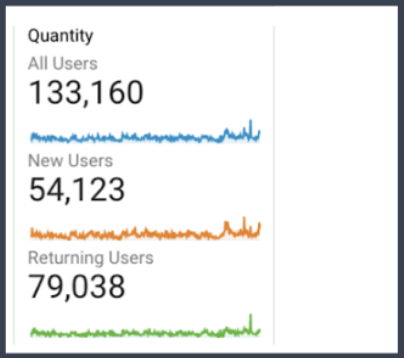
Conclusion
This case study highlights that Smithsonian Associates can boost user engagement and revenue by optimizing load speeds, mobile experience, and reducing bounce rates. Through e-commerce data analysis, targeted promotional strategies, and prioritizing effective marketing channels, the organization can refine its approach. Streamlining the checkout process and targeting new and returning users enhances conversion rates and promotes repeat purchases, ultimately leading to a seamless user experience and sustained website success.

Client Feedback
That was great. Lots of information and well presented.
-Emma from Smithsonian Associates
Our client stated she was impressed with our work and presentations. She only had a few questions during our post-presentation meeting concerning Direct Search, New v. Return Users, and how to download the Universal Analytics data before the permanent transition to GA4. We were happy to promptly answer all of her follow up questions.
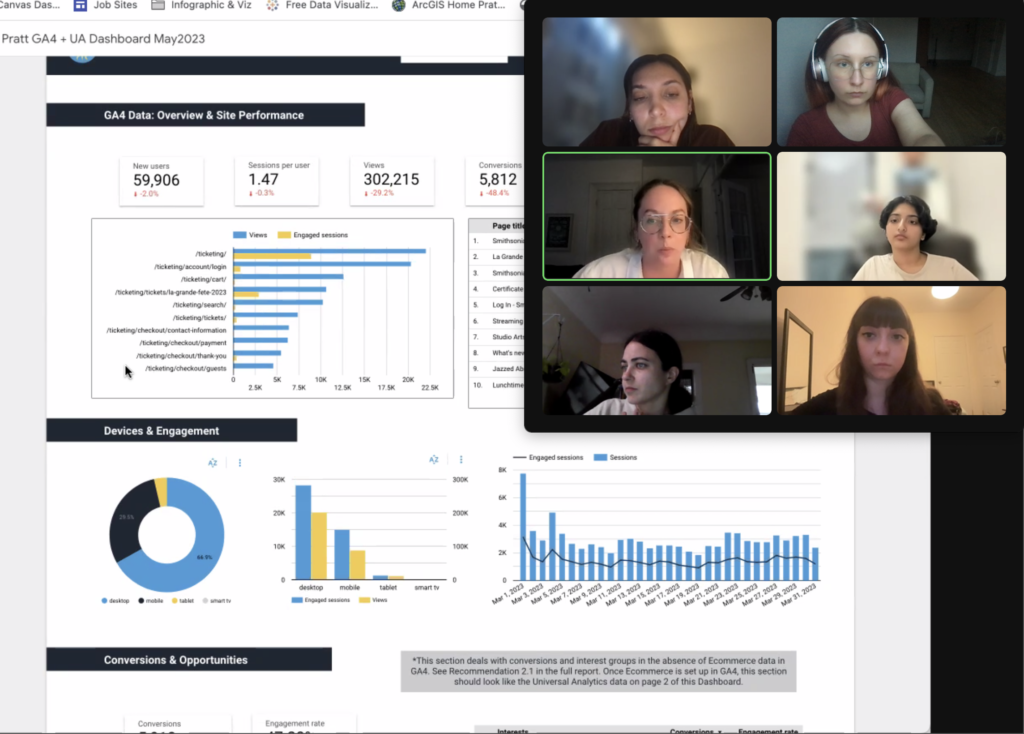

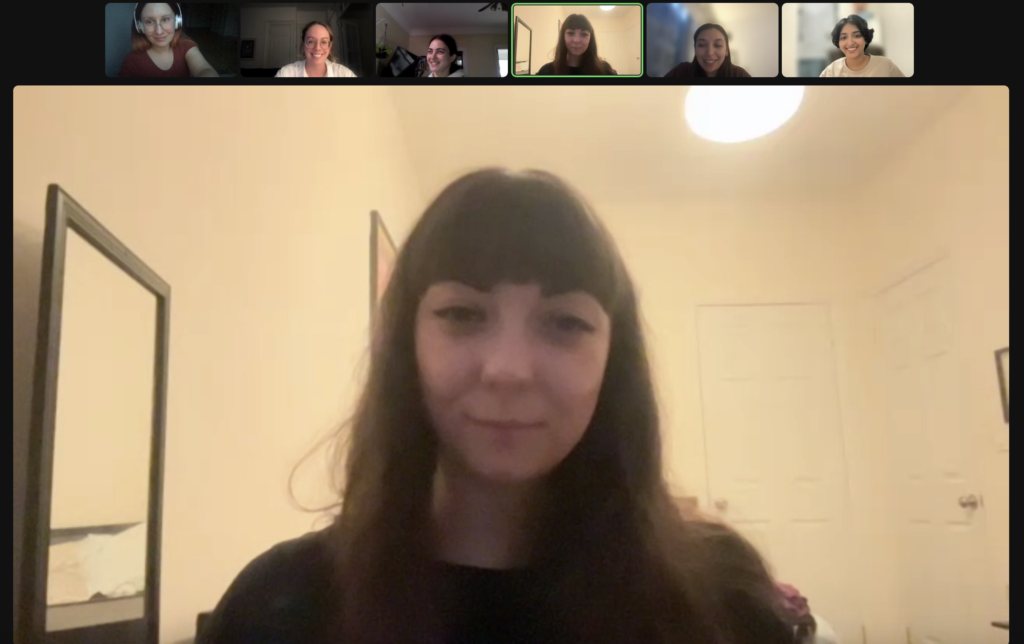
Key Takeaway
You can do it!
Our team approached the project with varying experiences with data analytics. As a Fine Arts major with a focus on painting and drawing, I initially had no experience in this field. However, the project with Smithsonian Associates provided a hands-on opportunity to apply my newly-acquired data analytics skills within a real-world context.


